Gran Canaria nights, home of the stars
Gran Canaria is renewing the certificate that declares the Island’s Biosphere Reserve a Starlight Destination
Gran Canaria continues to gaze dreamily up at the skies, with a passion that expands throughout the universe. The Island has renewed the certificate declaring its Biosphere Reserve a Starlight Destination until 2025. This certification recognises its commitment to astrotourism and consequently to protecting its night skies, keeping that extraordinary window on the stars wide open, for people from all over the world to gaze out of every day.
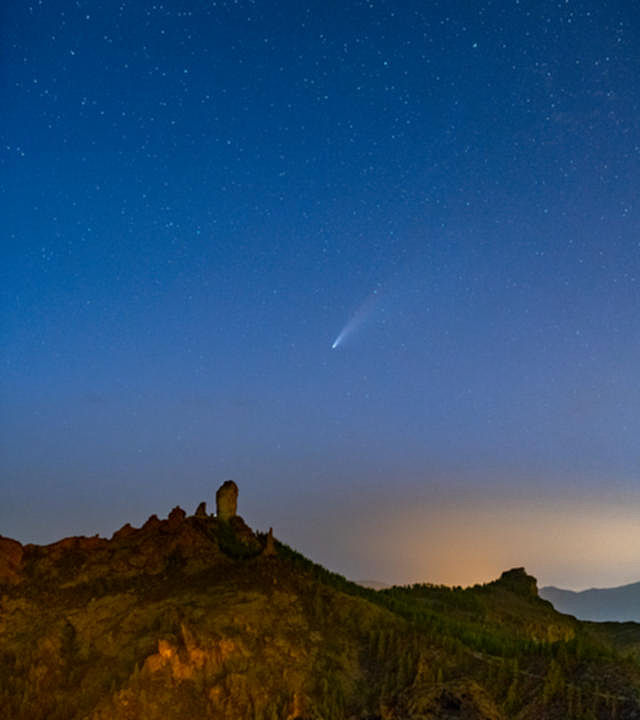
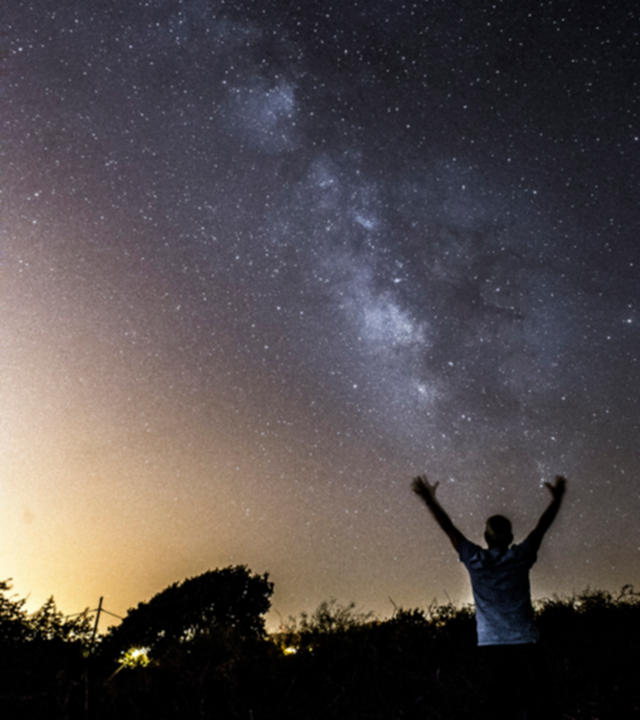
UNESCO’s decision, through the Starlight Foundation, also supported by the International Astronomy Union and the World Tourism Organisation, backs Gran Canaria’s work since 2018 to make the island an international benchmark for star-gazing.
Gran Canaria seems to be a watchtower over other worlds thanks to its geographic relief, its many observation sites 600 to 1,800 metres above sea level, the quality of its skies and a strategic position which provides an amazing view of swathes of southern skies and constellations plus celestial objects that are invisible from mainland Europe.
However, beyond its natural conditions, the Starlight Foundation has assessed the work carried out in Gran Canaria over the last four years to consolidate astrotourism by widening and diversifying its offer.

The keystone for astrotourism is the quality of the skies so the initial challenge was to preserve observation conditions. The EELabs international project at the Canary Islands Astrophysics Institute assessed how light pollution might be changing in the Cuenca de Tejeda, the very heart of the Starlight Destination, to set out improvement measures.
In other examples, light pollution has also been reduced in the area around the Pico de Las Nieves and La Gorra, while all public lighting in the town of Artenara has been adapted to a screening system, enabling astronomy activities to be run right in the town centre. The painstaking care to prevent artificial light from blinding the night sky has spread as far as Veneguera, Tasartico and the centre of La Aldea.
In this time, the island has consolidated its network of astronomy viewpoints and existing spots in Las Cañaditas and la Degollada de las Yeguas have been joined by viewpoints in La Aldea de San Nicolás, rolled out in Paso del Marinero, La Sabinilla and la Cruz del Siglo. We should also add the completion of technical studies that will make it possible to open new star-gazing spots in Pico de las Nieves, Caldera de los Marteles, Pinos de Gáldar, Degollada de las Palomas, Presa de Hornos and Presa del Mulato, adding another five around the Tasartico ravine and beach, where you find the darkest skies on Gran Canaria.
One highlight of these last four years was opening the Guguy Visitors Centre in Tasartico, the first astronomy observatory within the Starlight territory on Gran Canaria, joining facilities such as the Roque Saucillo Astronomy Centre in San Mateo and the Temisas Astronomy Observatory in Agüimes.
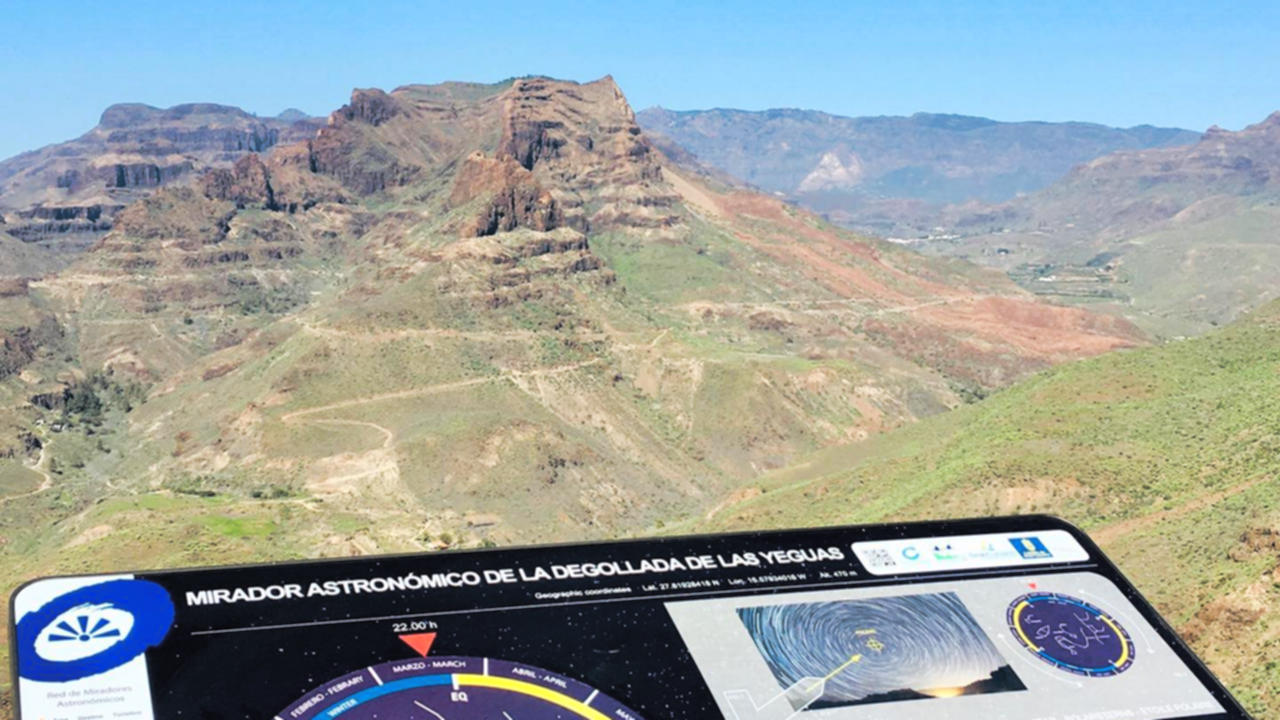
The Starlight certification has been used to bring astronomy to both local people and tourists with educational and observation activities. It is also an incentive for entrepreneurial projects that offer increasingly high-quality services, helping them reach for the stars.
Silence has fallen. The sun is a lukewarm memory, a promise for the next day. The universe lights up the Gran Canaria night. It’s impossible not to look up to the sky as in broad strokes of light, the distant stars paint the most beautiful images on the dark canvas of the night sky.
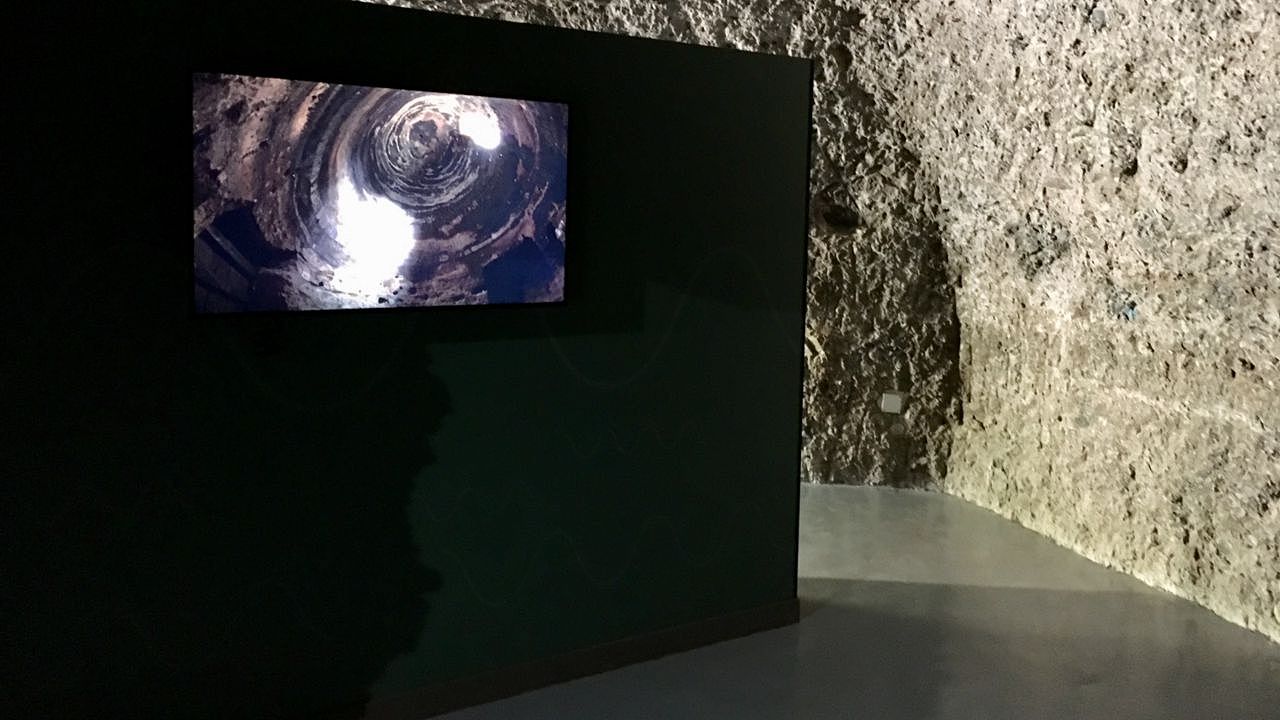
These same skies were used to measure time in pre-Hispanic society, providing a legacy that is the basis of the Risco Caido and the Sacred Mountains of Gran Canaria Cultural Landscape, overlapping with the Biosphere Reserve. This is another feather in this Starlight Destination’s cap, enjoying the spotlight since 2018.
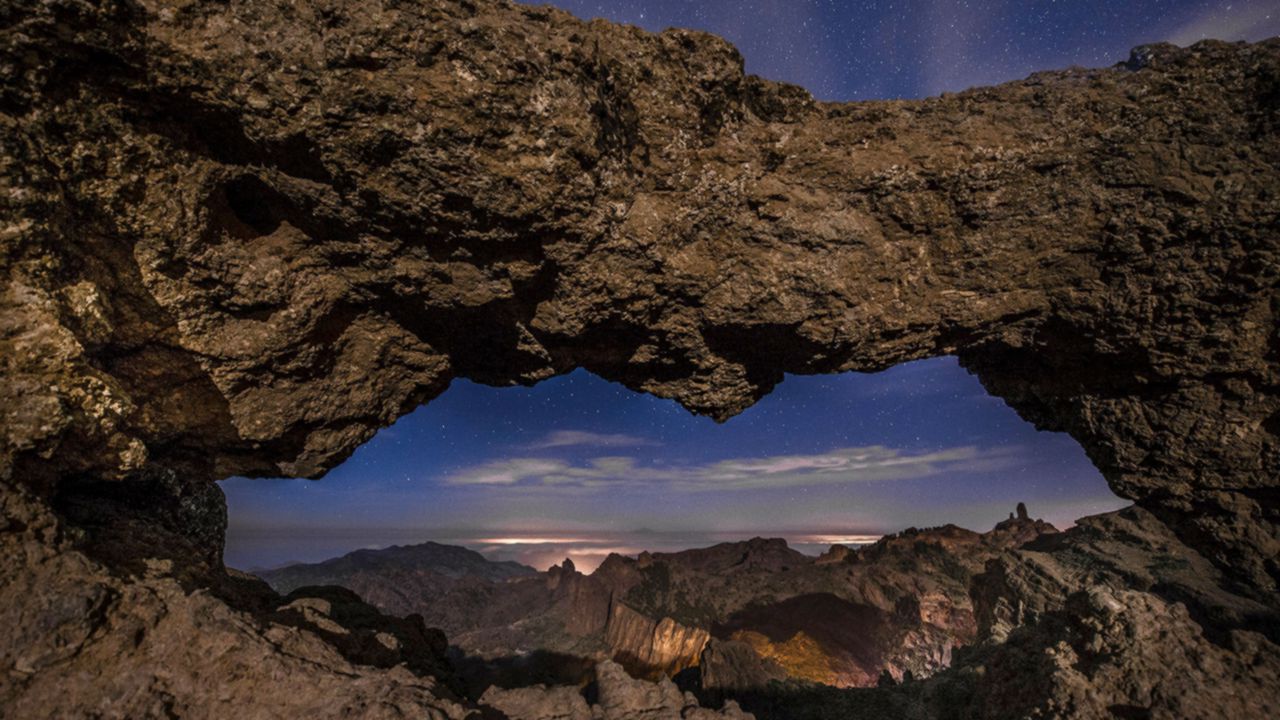
Related links:
Astronomy Viewpoints in Gran Canaria

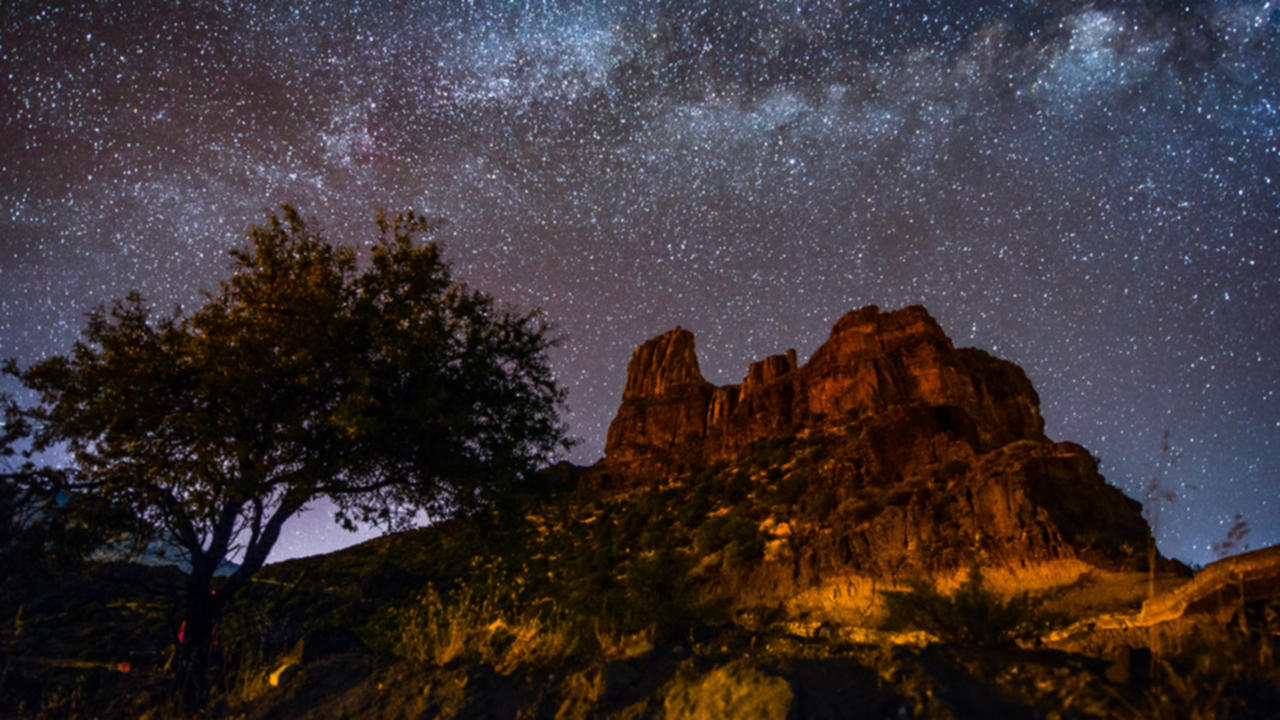

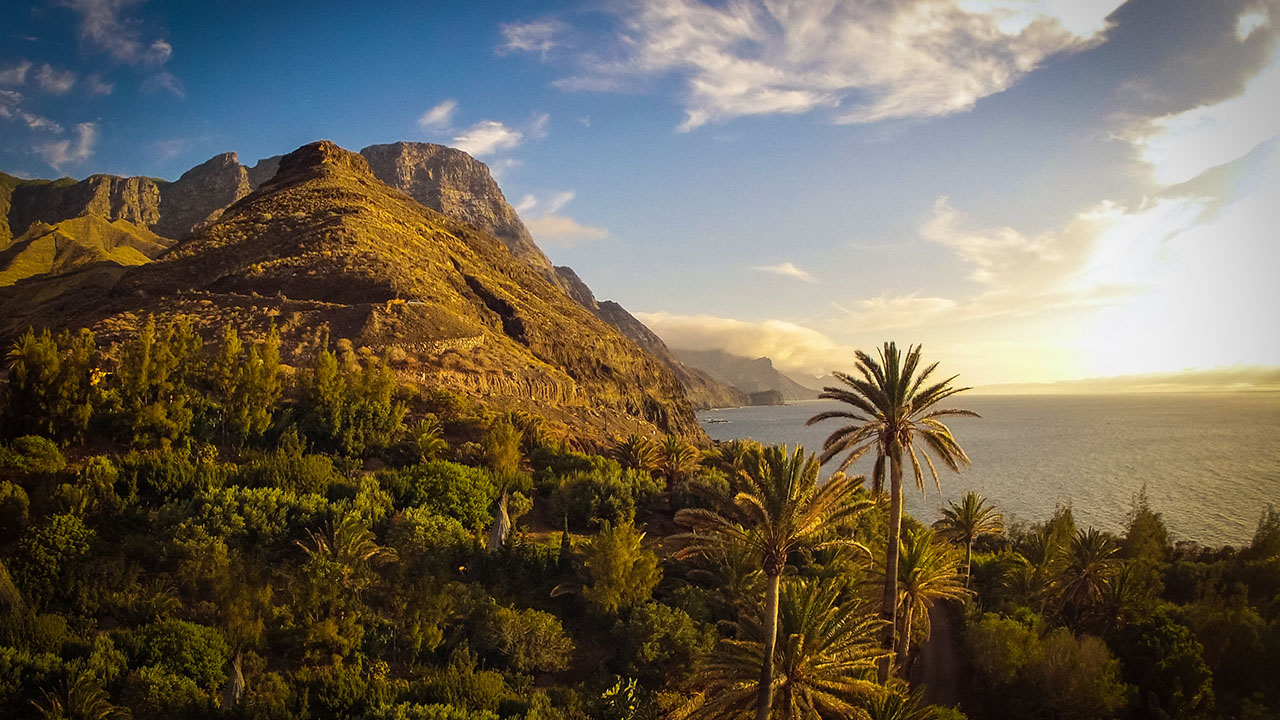
Comments are disabled for this post.